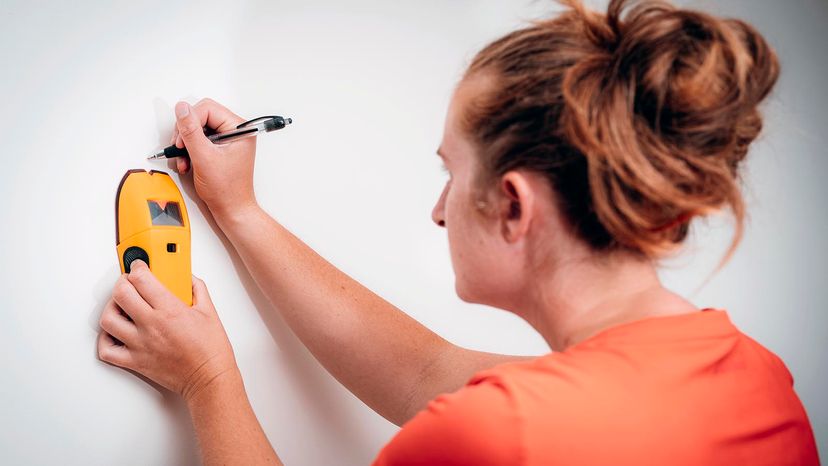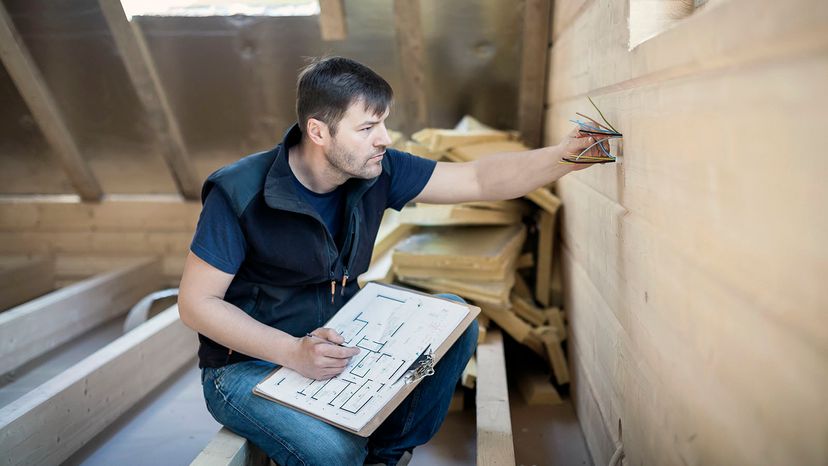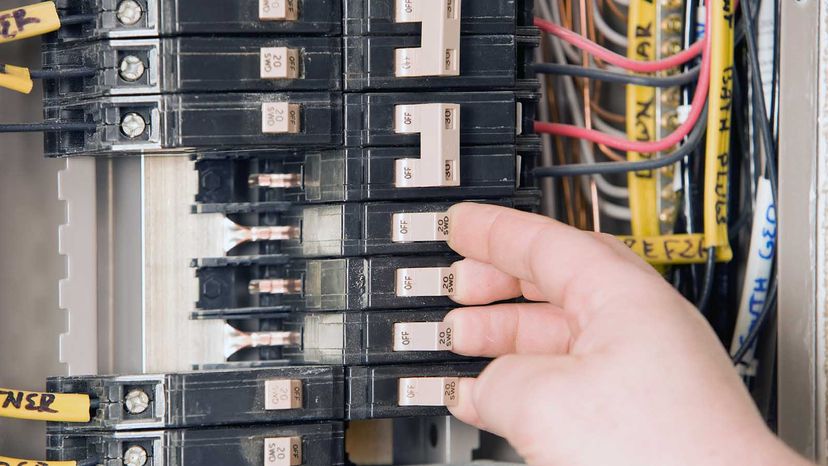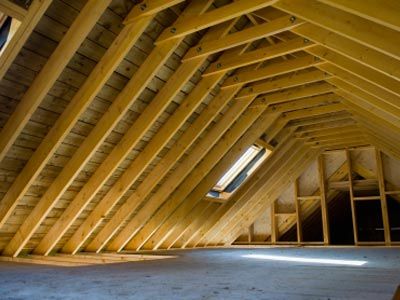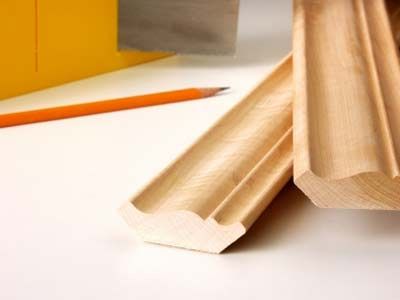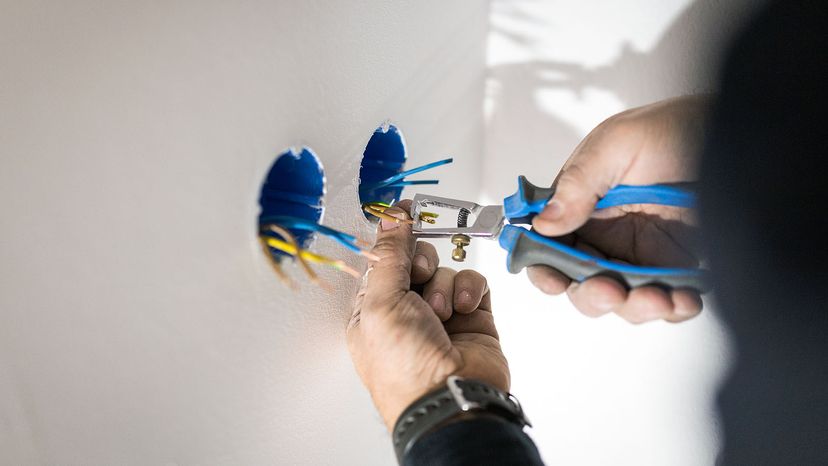
If you need to find the electrical wires inside your walls, you'll probably want a non-invasive way to look for them. After all, without a method to your madness, you'd just be hammering unsightly holes through drywall in a vain attempt to cross paths with your wires. Thankfully, there is a better way: With the right tools and techniques, you can locate— or trace— the wiring without damaging anything.
Tracing electrical wiring in walls can be tricky, and it involves more than just looking for the wires themselves. To figure out exactly where the wires are, look for the outlets and appliances that each wire connects to.
Advertisement
You also need to determine which circuit breaker applies to which section of your home's wiring. It's best to get the blueprints of the building or home you're working on before modifying electrical circuits. You can often obtain them from the local county government, or from the construction company that built the structure. Blueprints are helpful for just about every renovation, but all hope isn't lost if you can't find them.
You may be wondering why someone would go through all that trouble just to figure out the locations of wires. Knowing where your wires are can help you make repairs, plan for home improvement projects and even make your home safer. By knowing which outlets are on which circuits, you can decide where to plug in power-hungry appliances without overloading your electrical system.
If one of your outlets is on the fritz and you don't have an electrical blueprint of your home to use as a reference, tracing the wiring can help you figure out exactly where the problem is. If you want to run new wires to a home theater system or other electronics, knowing your current wires' locations can help cut down on electrical interference, which can lower the quality of your picture and sound. And you'll definitely need to know where the wires are if you plan to do any renovation. Breaking into a live wire could damage your home and cause serious injury.
Advertisement
